Having used Copilot Studio’s Dynamic Chain (preview), note how to use triggers with natural language and how it differs from the traditional activation method using trigger phrases.
Dynamic Chains in Copilot
Dynamic chaining refers to the ability to change the way topics are activated from the traditional method of using trigger phrases to the way GPT reads natural language to activate them.
I think it is not clear even if I explain it in words, so I will explain it while looking at the contents.
No dynamic chaining function (conventional)


By setting up multiple typical phrases, such as “good morning” or “hello,” Power Virtual Agents were able to activate the topic even when there was a blurring of expressions from one user to another.
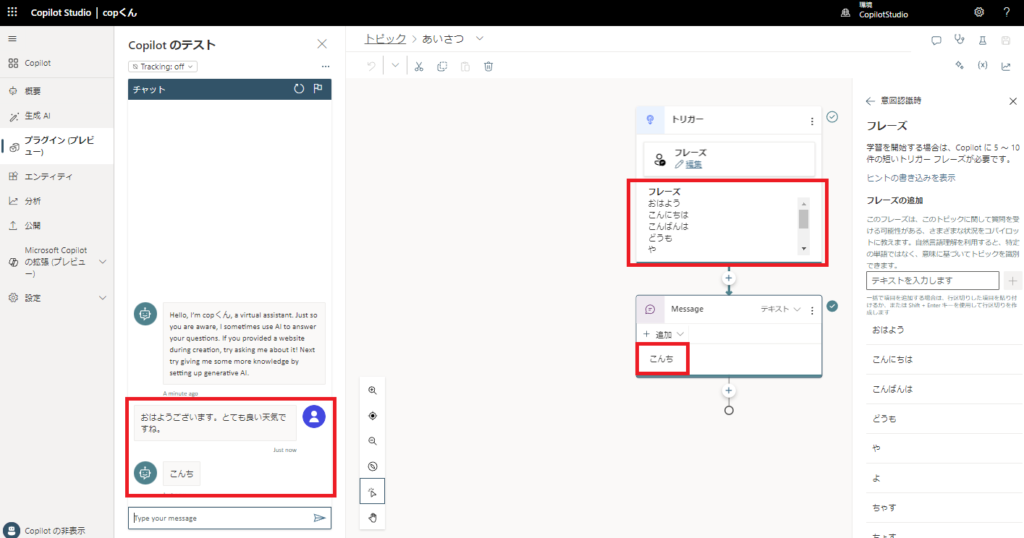
This method could be used, but it required multiple (possibly many) appropriate trigger phrases, and it was difficult to construct the triggers.
Use dynamic chaining functionality
* As of December 2023, dynamic chains cannot be “turned on” in Power Platform environments created with “Region: Japan”.
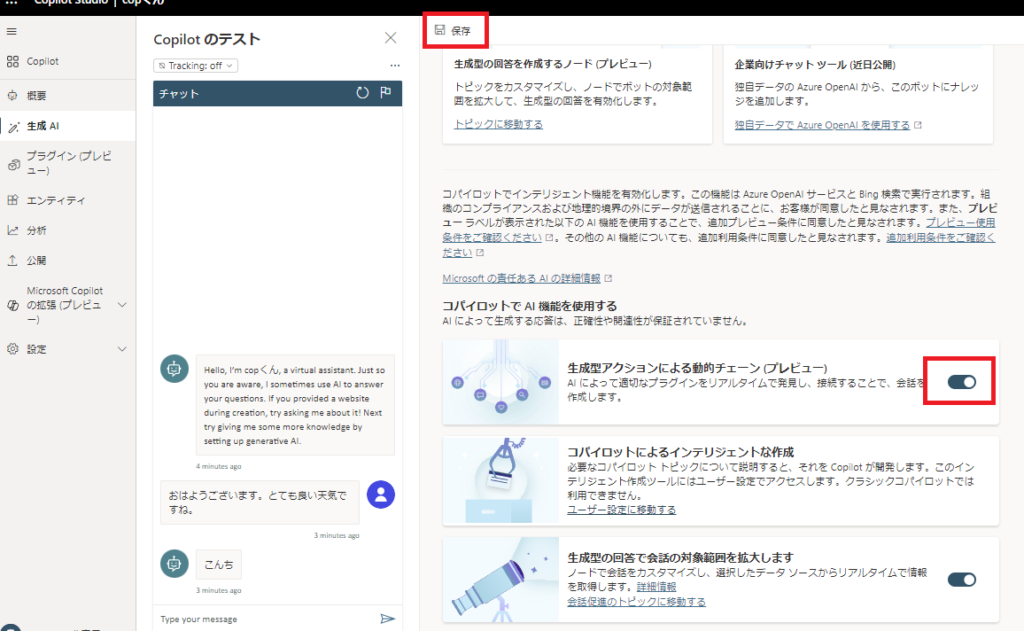
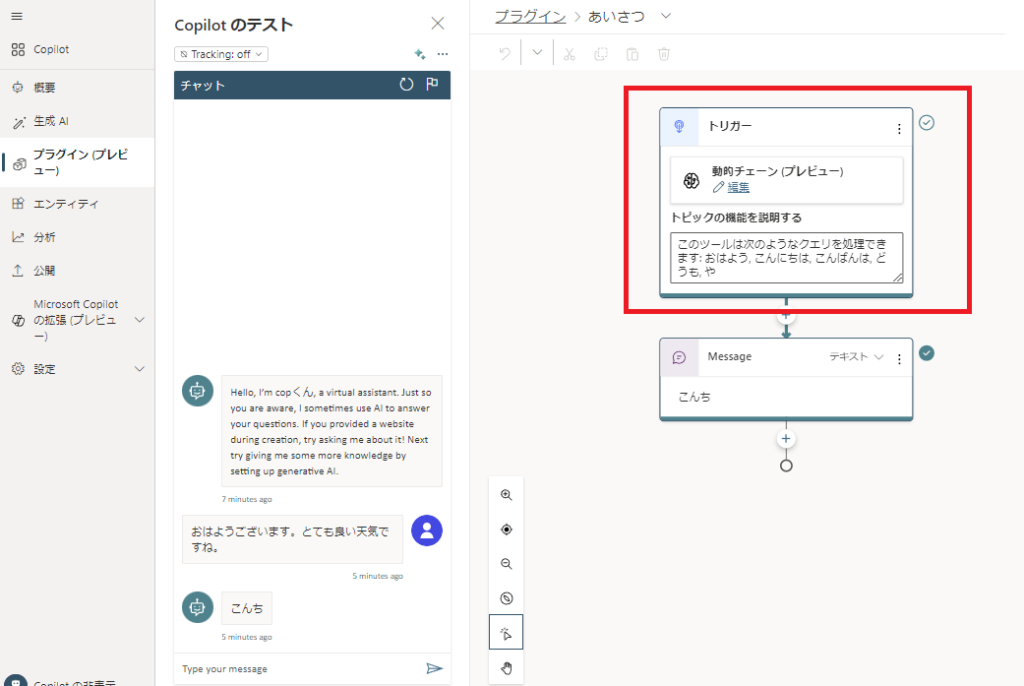
* See below for official guidelines on how to write feature descriptions.
* Changed the title from “Greetings” to “Response to Greetings” as it was suggested that the title should also be written properly.
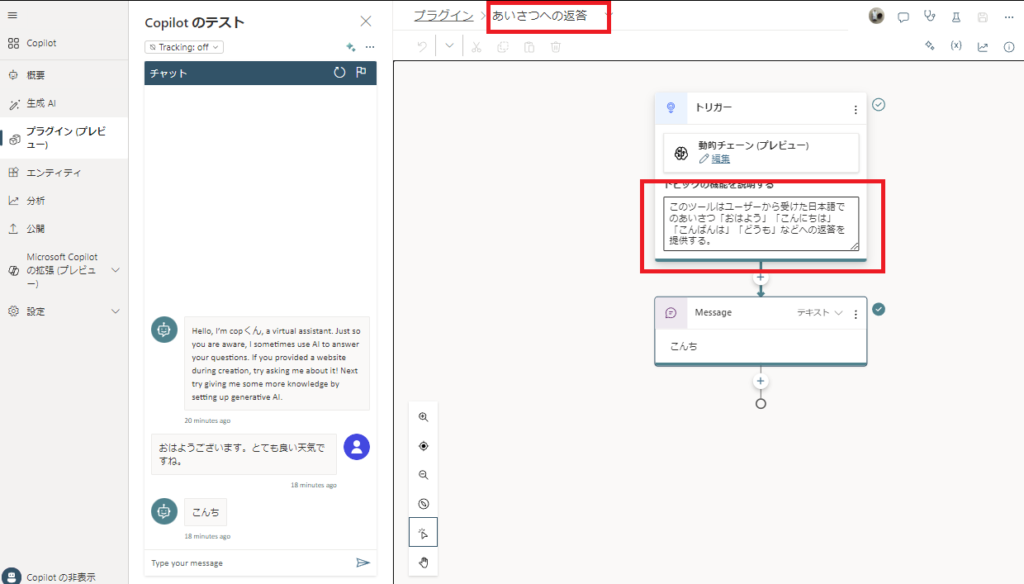
Confirm the operation
* Ohayoguruto” is a Japanese pun.
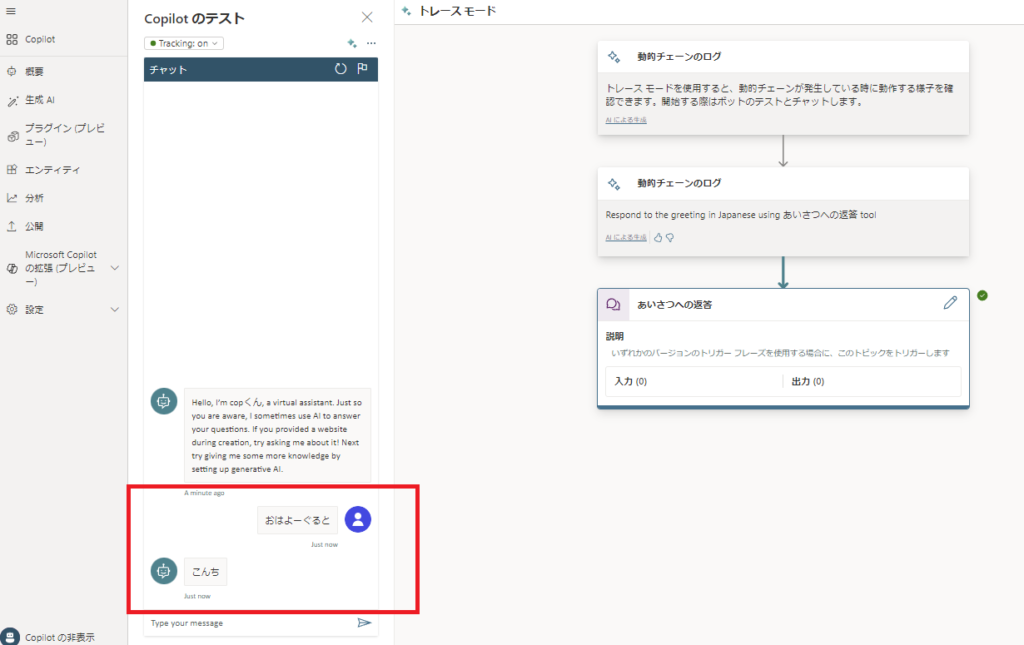
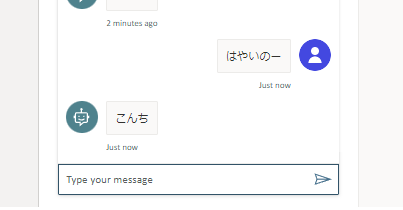

* Create a generative answer but if it does not work well, it is recommended to refresh the screen or restart the browser once.

I feel that this activation by dynamic chaining is very similar to calling functions using Function Calling in ChatGPT and AOAI, and to the description of a Function in Semantic Kernel.
This is easier than preparing many trigger phrases, and it is likely to be more mainstream because it can accommodate a wide range of users’ notation blurring.
Extra: Guidelines for Writing Functional Descriptions of Dynamic Chains (official)
Below is an excerpt from the official website.
- Use simple and direct language. Avoid jargon, slang, or technical terms.
- Use the active voice and the present tense for descriptions. For example, write “This plugin provides weather information” instead of “Weather information is provided by this plugin”.
- Use keywords that relate to the plugin’s functionality and the user’s intent. For example, if the plugin provides weather information, use keywords like “weather”, “forecast”, “temperature”, “rain”, “snow”, and so on.
- For the description, write a short and informative summary of the plugin’s functionality. The summary should be one or two sentences long and explain what the plugin does and how it benefits the user.
- As well as a good description, use a descriptive and unique name for the plugin that is a short phrase. Avoid using generic or ambiguous names that could be confusing. For example, instead of naming the plugin “Weather”, name it “Weather Forecast” or “Weather Report”.



コメント